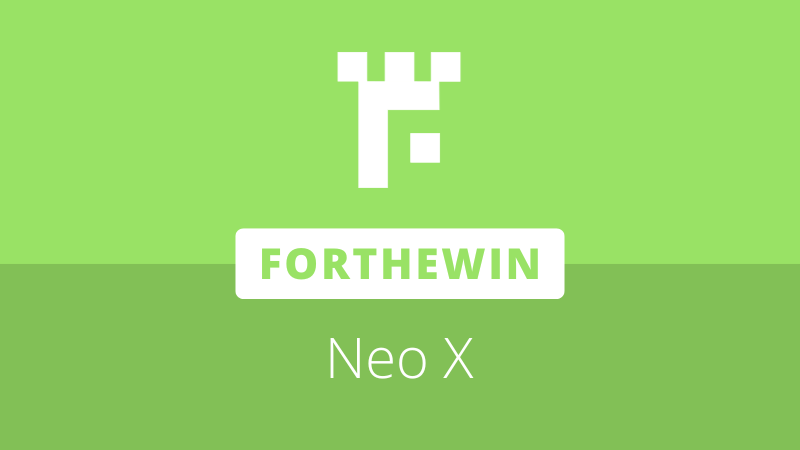Category: NFT News
Why Would Someone Want To Pay With Crypto Anyway?
The future of finance will be more affordable, accessible, and borderless, not by eliminating TradFi, but by merging crypto payments with legacy payment rails.
The original cryptocurrency, bitcoin, was introduced to the world as the first “peer-to-peer electronic cash system,” a currency to be used for digital payments. Yet, crypto is forever fielding criticisms that it is not designed for payments, that it’s too expensive, slow, and difficult-to-use to ever take hold as a way people buy coffee or pay for their mortgage. Another argument is that we already have credit cards and cash, so why do we need crypto for payments?
The reality is, as easy as it is to swipe a credit or debit card, not everyone can get one, and cash is not borderless. It costs money to convert from one currency to the other and send money to other countries.
At this point in crypto’s development, cryptocurrencies are an ideal solution to these pain points within traditional finance, but it’s not that crypto is likely to entirely replace TradFi. Instead, traditional payment rails like the credit and debit card system will use cryptocurrencies instead of fiat.
The drawbacks of TradFi
The crypto industry spends a lot of time levying judgments against the traditional financial system, but banks, credit cards, and now payment apps like Venmo have dramatically improved the ability for people around the world to transact. This doesn’t mean there isn’t room for improvement. For one, banks and credit card companies depend on an imperfect credit score system for vetting people’s ability to pay back their debts before granting them an account or a card. This current financial framework leaves a lot of people out. In fact, 1.4 billion people remain unbanked. The majority of these people live in developing countries like Morocco, Vietnam, Egypt, and the Philippines, and yet G20 countries are not immune. In the United States, 6% of households do not have any family members with a bank account. About 2% of adults in the UK are unbanked as well.
It’s expensive to open a bank account, and there are countries with primarily cash-based economies, such as Romania, Egypt, and Kazakhstan. People residing in countries suffering from hyperinflation, like Venezuela, Zimbabwe, and Argentina, do not keep money in bank accounts either and instead immediately buy assets that are more likely to retain value, even returning to the old method of bartering.
The digitization of finance also means there are increasing financial services and opportunities that those without bank accounts are excluded from. This was revealed in a major way with the onset of the Covid pandemic when many governments created relief programs where funds could be distributed much faster to those with bank accounts than those without.
People who don’t have bank accounts often rely on wire services and money transfer apps that include high fees for sending money, particularly to people in other countries. Remittances cost an average of 6.2% of the amount sent globally, with that percentage rising even higher in certain countries. Simply converting one currency to another costs about 1% of the amount being paid, and credit card companies often charge foreign transaction fees on top of the conversion fee, increasing the percentage up to 4%.
Clearly, TradFi systems are not without their flaws.
Is now the moment for crypto to become a means of payment?
Crypto is too slow, too expensive, and too complicated to become a global means of payment, right? That was certainly the case when Bitcoin and Ethereum were the only options. Bitcoin transactions take about 10 minutes to be confirmed on-chain, and Ethereum transactions take 15 seconds to five minutes to process. By contrast, Visa’s network is capable of processing 65,000 transactions per second. Beyond the slow speed, transaction and gas fees add up. At the time of this writing, Ethereum gas fees are averaging about $5, and the average bitcoin transaction fee currently is about $8. These fees are too high to justify buying groceries or paying the restaurant bill. What’s worse, fees have gone as high as $60 USD per transaction on the Bitcoin network during peak congestion and as high as $92 USD on Ethereum.
While it may be the case that Bitcoin and Ethereum are not built for payments, there are now many cryptocurrency networks designed for speed and scalability, including layer-2s like the Bitcoin Lightning Network and Optimism and Arbitrum. There are also layer-1s like Solana with gas fees that amount to an infinitesimal $0.00466 and transaction confirmation times that average .4 seconds. That’s fast enough to feel like you’re not waiting around staring at the cashier while your payment goes through.
But isn’t crypto just too complicated?
Credit cards and debit cards are far easier to use than crypto wallets with their seed phrases and strange alphanumeric addresses. This is why the next evolution of finance will see the merging of the best of TradFi with the best of crypto. We now have the technology to enable crypto transactions via debit cards that pull directly from self-custodied wallets. This innovation will empower the unbanked with a means of payment that doesn’t require a bank account and grant all people a way to transact affordably in the global digital economy and send money to friends and families in other countries without fees.
The future of finance will be more affordable, accessible, and borderless, not by eliminating TradFi, but by merging crypto payments with legacy payment rails.
Alexander Mamasidikov is the founder and CEO of CrossFi
Source link
Discover more from BIPNs
Subscribe to get the latest posts sent to your email.
Written by : Editorial team of BIPNs
Main team of content of bipns.com. Any type of content should be approved by us.
Share this article:
Discover more from BIPNs
Subscribe to get the latest posts sent to your email.










